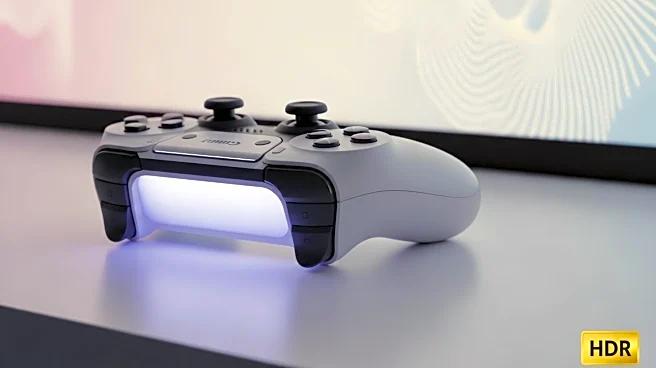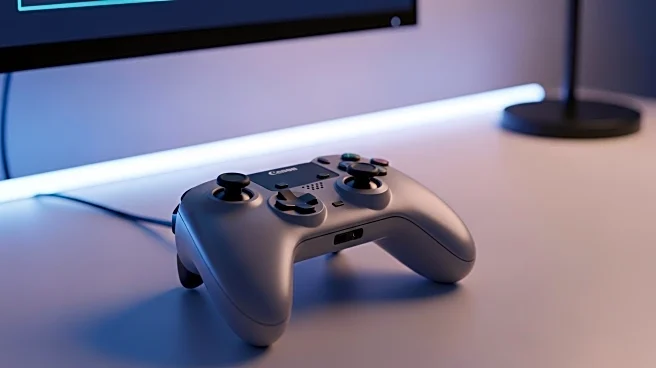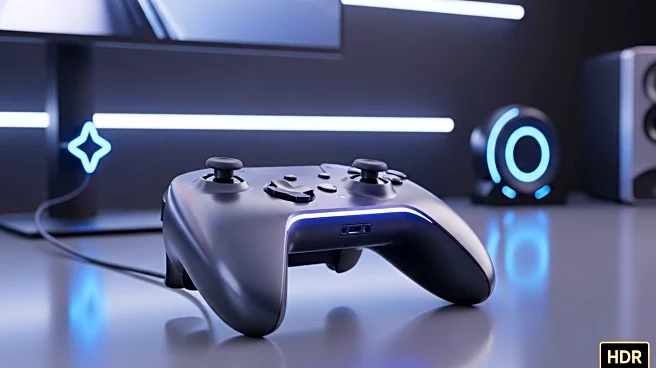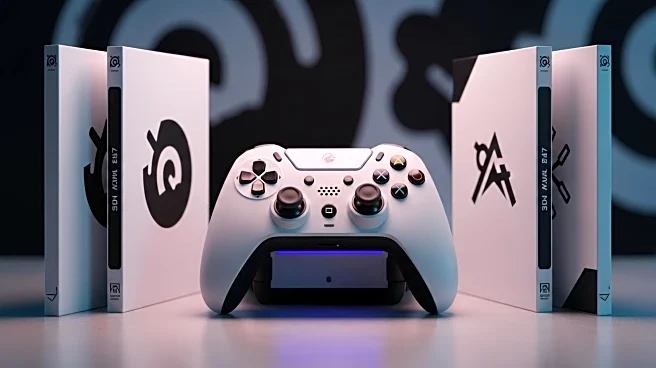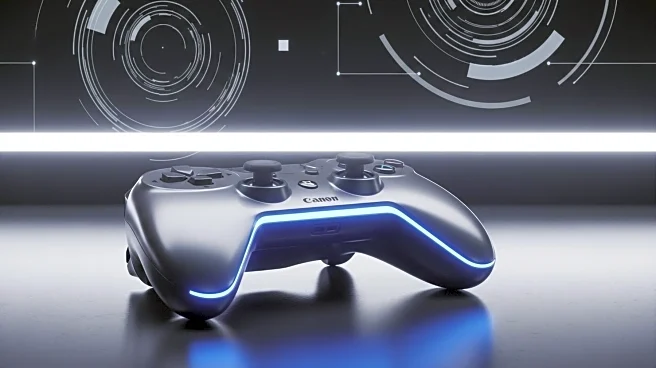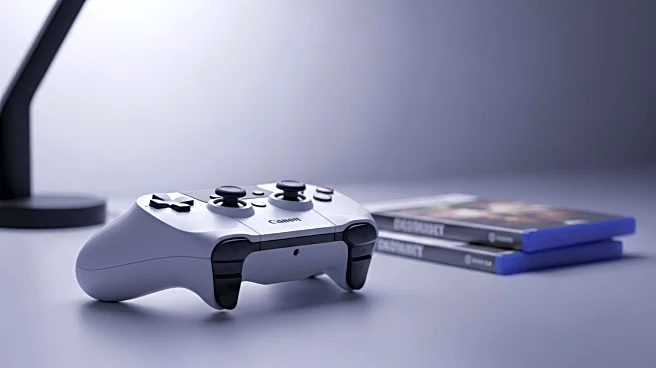What's Happening?
According to a report by Circana, a significant portion of American gamers, approximately 63%, purchase a maximum of two video games per year. This data, shared by Circana's senior director Mat Piscatella, highlights a trend where a third of the gaming market does not buy any new titles annually. The report, part of Circana's Q3 2025 Future of Games, indicates that only 4% of US gamers buy more than one game monthly. The findings suggest that hyper-enthusiast, price-insensitive players are sustaining the market, particularly in the non-free-to-play gaming sector. The report also notes that popular titles like Call of Duty and Madden continue to dominate sales charts, although free-to-play games such as Fortnite and Call of Duty: Warzone may be expanding their player base.
Why It's Important?
The purchasing habits of US gamers have significant implications for the video game industry. With a majority of players buying fewer games, developers and publishers may need to adjust their strategies to cater to a market that is increasingly selective. This trend could lead to a focus on high-quality, blockbuster titles that can capture the attention of these selective buyers. Additionally, the rise of free-to-play games poses a challenge to traditional sales models, potentially prompting a shift towards monetization through in-game purchases and subscriptions. The data also suggests that younger Americans, particularly those aged 18-24, are spending less on video games, which could influence future market trends and the development of gaming content.
What's Next?
As the gaming industry adapts to these consumer trends, companies may explore new business models to engage players who are purchasing fewer games. This could include expanding free-to-play offerings, enhancing in-game experiences, or developing subscription services. The industry might also see increased investment in marketing and community engagement to retain and attract players. Additionally, the success of new console launches, such as the Switch 2, could influence purchasing behaviors and market dynamics in the coming years.

